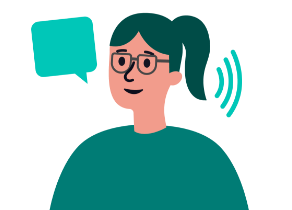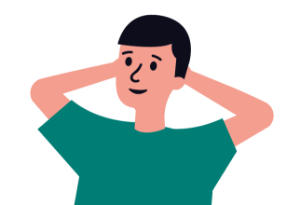
Inspiration
The WordDive Japanese language courses can be completed online. Break the language barrier with the WordDive method in just 63 hours!
The courses are suitable for adults and young people. The beginners’ courses start with the greetings and intermediate learners focus e.g. on travel and work.
Start learning Japanese with WordDive now!
Level: Elementary-Intermediate (A1-B2)
Duration: 90-200 hours
Size: 2240 study items
Courses: 12
Source languages: English, Finnish, German, Swedish
Japanese 1
Level: Elementary (A1)
Topics: My Family and Home, Important Words and Phrases, Doing Things
Japanese 2
Level: Elementary (A1-A2)
Topics: On the Move, Food and Drink, Time
Basic Hiragana
Level: Elementary (A1-A2)
Topics: Hiragana 1, Hiragana 2, Hiragana 3
Japanese 3
Level: Elementary-Intermediate (A2-B1)
Topics: Work and Study, Free Time, Clothing and Appearance, Good to Know
Japanese 4
Level: Elementary-Intermediate (A2-B1)
Topics: Seasons and Culture, Nature, People at Work, Where, Why and How Many?
Read Complete Kana
Level: Elementary-Intermediate (A1-B2)
Topics: Read Hiragana, Read Katakana
Write Complete Kana
Level: Elementary-Intermediate (A1-B2)
Topics: Write Hiragana, Write Katakana
Read Kanji Characters
Level: Elementary-Intermediate (A2-B2)
Topics: Read Kanji (Easy and Useful), Read Kanji, Grade 1, Read Kanji, Grade 2
Write Kanji Characters
Level: Elementary-Intermediate (A2-B2)
Topics: Write Kanji (Easy and Useful), Write Kanji, Grade 1, Write Kanji, Grade 2
Travel 1
Level: Intermediate (B1-B2)
Topics: Accommodation, From A to B, Services
Travel 2
Level: Intermediate (B1-B2)
Topics: Necessities, Meeting People, We Have a Problem, Experiences
Food Culture
Level: Intermediate (B1)
Topics: Food Culture



It’s easy to start learning Japanese with WordDive. Complete the courses at your own pace online.
The courses are designed by Finnish teachers and recorded and proofread by native speakers.
Studying Japanese with WordDive is efficient, because the method activates your brain in many ways through multiple senses. You’ll see, think, read, write, listen and pronounce.
The learning path is clear and easy to follow. WordDive recognises your learning speed and optimises the pace of learning for you individually!
Japanese has over 130 million native speakers and is spoken mainly in Japan. The popularity of Japanese culture (cosplay, anime, manga, martial arts) has rapidly increased interest in Japanese also as a foreign language.
Japanese is an agglutinative language, which means that words are formed by adding various endings to the word stem.
The different writing systems, levels of politeness and indirect communication make the Japanese language a fascinating hobby where you can learn and improve your skills almost endlessly!
Because Japanese has so few syllables, there are plenty of homonyms in the language. To avoid misunderstandings, we need characters that carry not only sounds, but also meanings.
The characters known as kanji were born from drawings, which were simplified to try to create a harmonious square form. In addition to kanji, there are two other writing systems.
Japanese can therefore be written in three ways:
Romaji characters were created for the purpose of writing Japanese using the Latin alphabet. They are used when learning Japanese, but also in things like logos or when typing Japanese on a computer. You can get off to a good start with learning Japanese when you study the language using the Latin alphabet.







